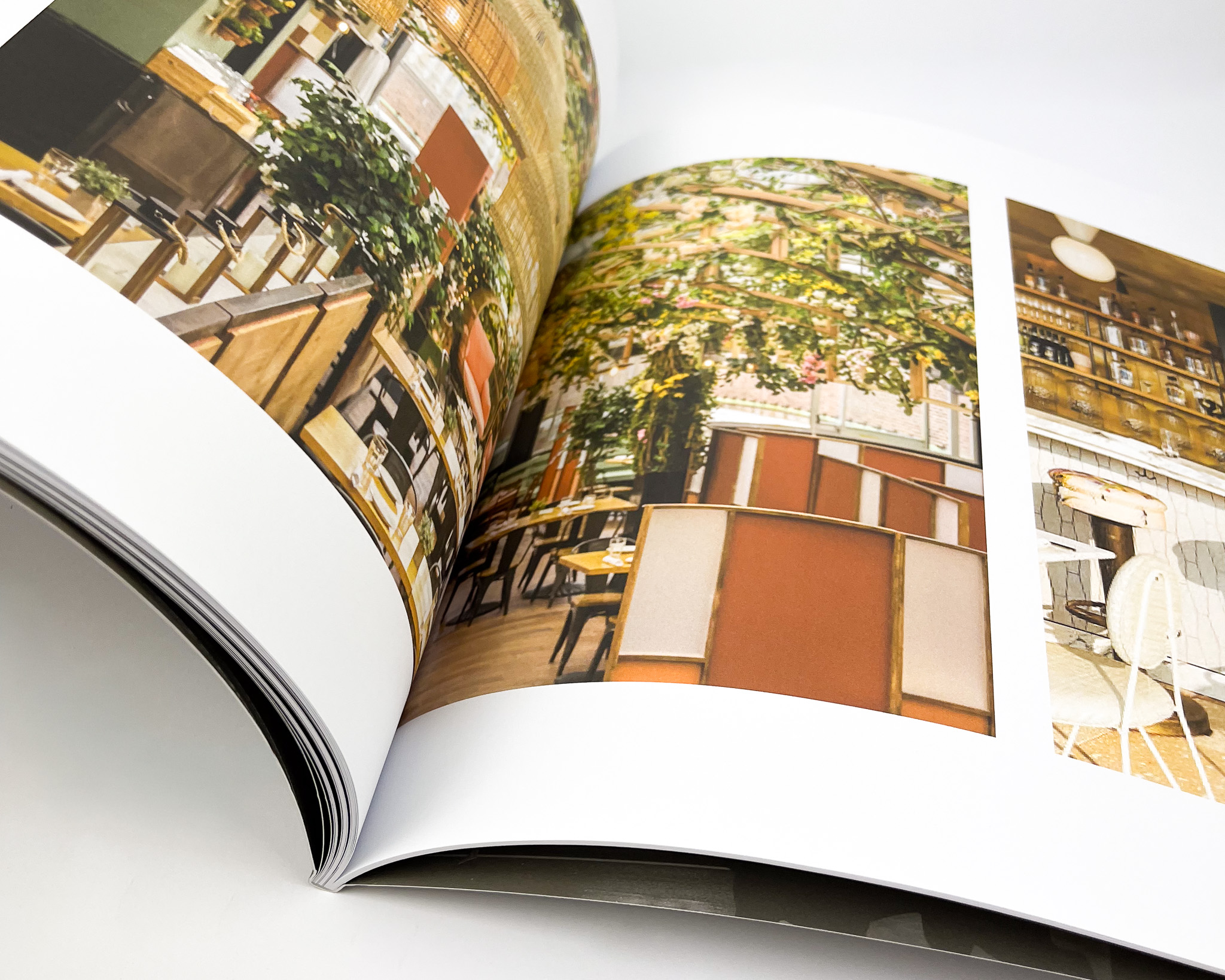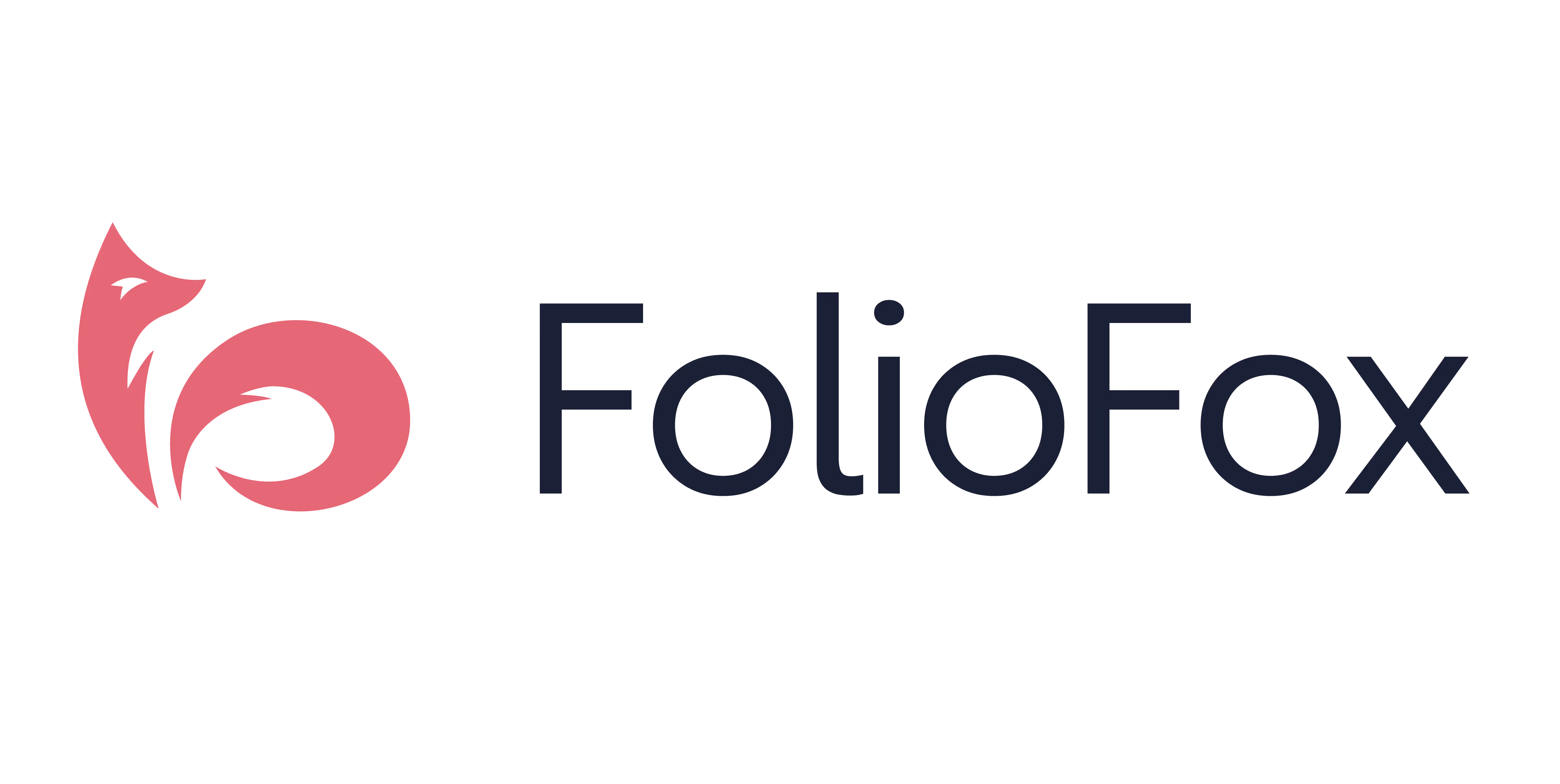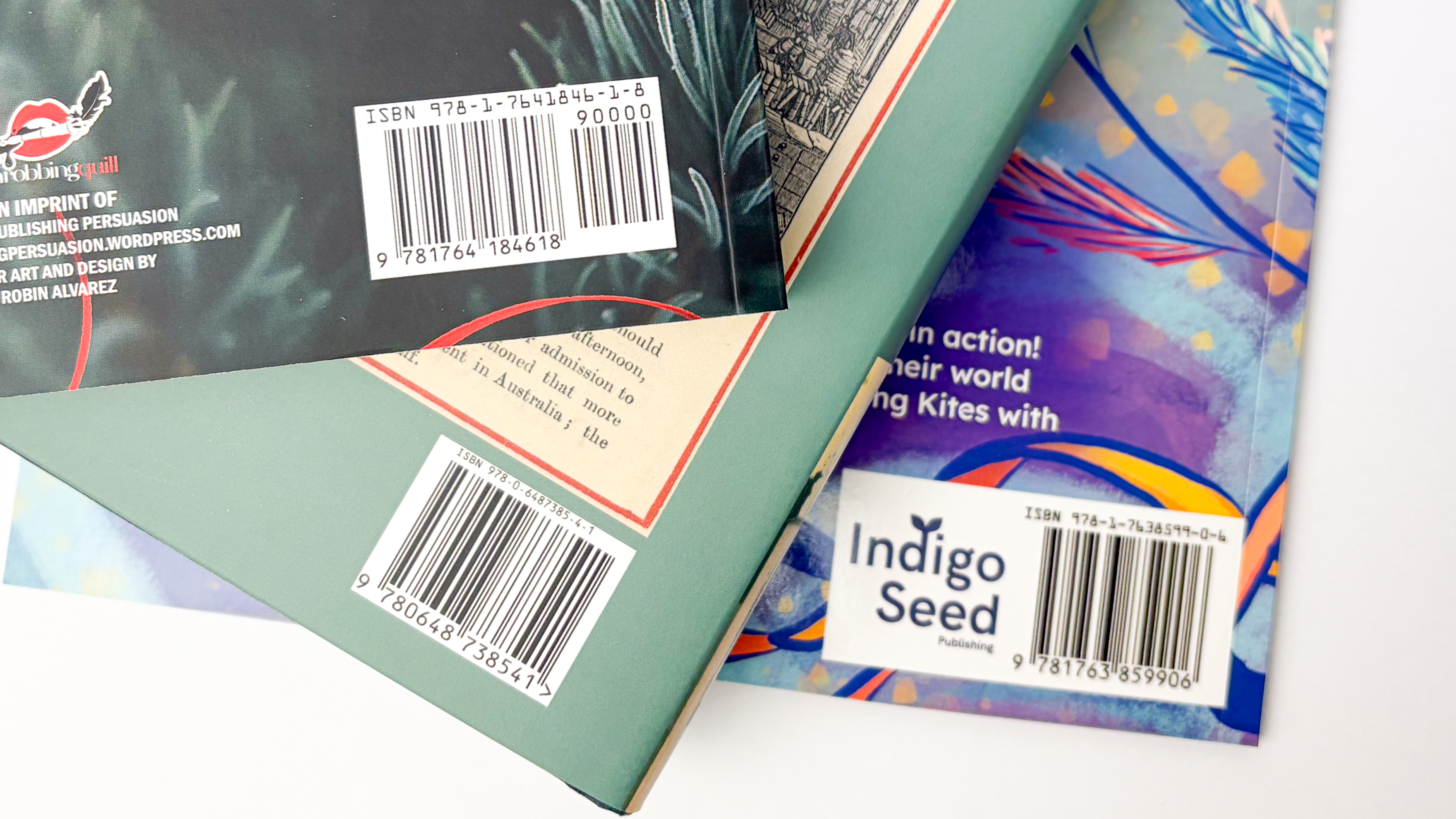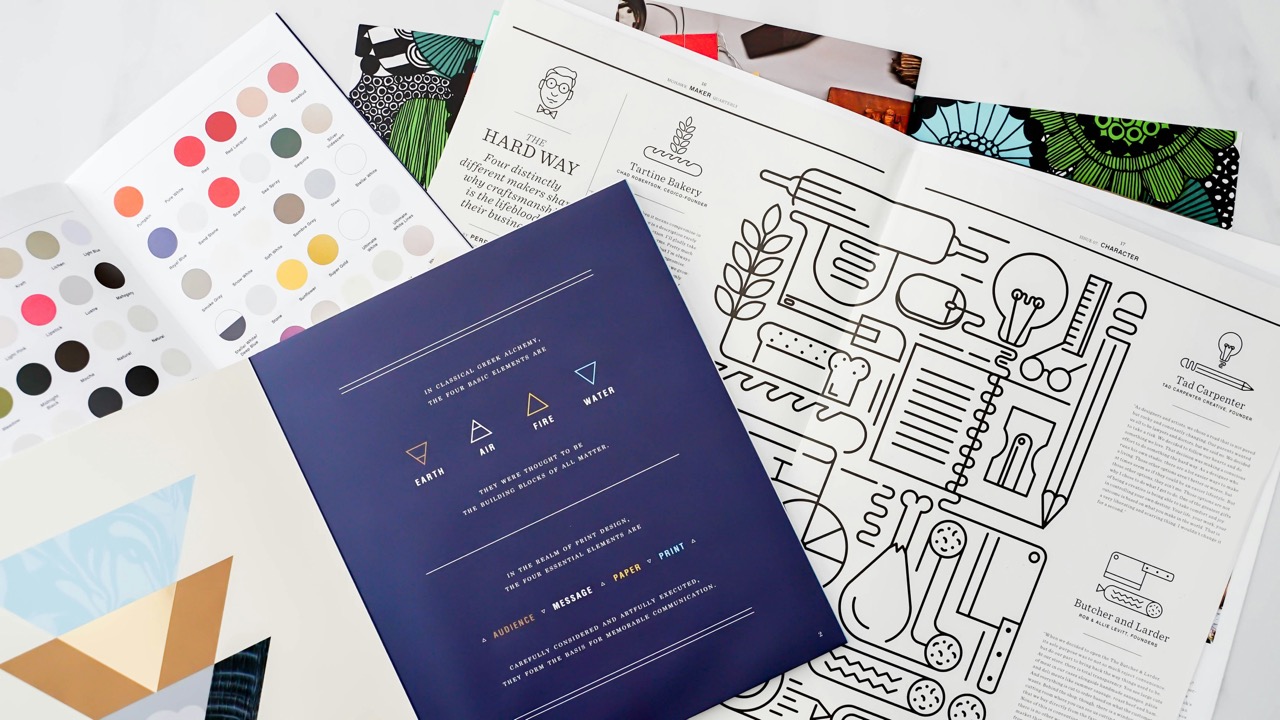Unlocking Quality: The Ultimate Guide to Book Printing in Melbourne
Explore the essential considerations for professional book printing in Melbourne.

With most people now constantly swiping and scrolling on their phones, there's something remarkably grounding about holding a beautifully printed book in your hands. Melbourne, with its thriving literary scene and creative spirit, is lucky to have many printing services that can transform manuscripts from digital files into something tangible and truly special. But we know from experience that navigating the world of book printing in Melbourne can feel a bit overwhelming, especially if you've never printed anything professionally before. With various technical specifications, quality considerations, and service options to weigh up, how can you make sure your book gets the quality it deserves? Whether you're a first-time author finally bringing your story to life, a small publisher looking to expand your catalogue, or a business creating custom books for clients, this guide will walk you through the essential considerations for professional book printing in Melbourne. Let's dive in!
Why Digital Book Printing in Melbourne Has Changed Everything
Digital printing technology has genuinely revolutionised the book printing industry, making professional-quality books accessible to authors and publishers of all sizes. Unlike traditional methods that required massive print runs to be economically viable, digital printing transfers your files directly onto paper, eliminating old school costly setup processes and making smaller print runs more economical than it has ever been. This technology shines for several reasons. First, there's the flexibility because you can print exactly what you need, when you need it. Testing the market with 50 copies before committing to 500? No worries. Need to update content between print runs? Easy done. Our digital printing services are designed specifically for authors and publishers who value quality and flexibility without the constraints of traditional printing methods.
The speed advantage is substantial too because unlike the traditional offset printing method that requires printers to create custom plates and other lengthy setup processes, turnaround times for digital printing are measured in days rather than weeks. According to recent industry data, digital book printing in Melbourne typically ranges from $2 to $20 per book, with costs varying based on specifications, quantity, and finishing options. Modern digital printing also delivers exceptional quality. Colour accuracy and consistency have improved dramatically, making digital printing suitable for everything from novels and memoirs to coffee table books and photography collections. The technology handles high-resolution images beautifully, ensuring your visuals look crisp and professional on the page.
Choosing the Right Materials for Your Book
The materials you select, including the paper stock and binding method, fundamentally shape how your book feels in readers' hands and how long it'll last. These aren't just technical details; they're key elements of your book's identity. You can easily tell the difference between a thin, flimsy book compared to a solid, well printed and bound alternative that truly stands out from the crowd. We've covered the ins and outs of different paper types in detail on our paper range page and in a recent blog post about choosing the best paper for book printing, so we won't rehash all that here. The short version? Coated paper is brilliant for image-heavy books where colour vibrancy matters, while uncoated paper gives you that classic book feel that's easier on the eyes for long reading sessions. We also offer recycled options if sustainability is a priority for your project.
Paper weight matters too, as heavier stock feels more substantial but generally increases the overall thickness of your book and its cost, so it’s really about finding the right balance for your specific book project and budget. Similarly, binding methods are covered comprehensively on our book binding services page. Perfect binding works beautifully for most books, while saddle stitch suits thinner publications like booklets, and Wire-O or spiral binding is perfect when you need pages to lie completely flat. Not sure which binding suits your project? Get in touch with our team, and we'll be happy to discuss your specific needs and recommend you the best option.
The Importance of Quality Control for Book Printing in Melbourne
Look, nothing's more frustrating than receiving your books only to discover printing errors, colour inconsistencies, or binding issues. Quality control isn't just industry jargon—it's what separates a professional publication from an expensive mistake, and it's something we take seriously.
Pre-Press Checks: Prevention is Better Than Reprinting
Before your book hits the press, thorough pre-press checks are essential. This involves reviewing your files for errors, ensuring images are high-resolution (at least 300 DPI), and verifying that colour profiles, bleeds, and margins are correctly set up. We're there to spot potential issues with fonts, formatting, or image quality that could cause problems during printing. This stage also includes creating a test print, called a proof, that shows exactly how your final book will look. Reviewing proofs carefully will help you catch any last-minute issues that we may have missed before the full print run, to save everyone time, money, and disappointment.
During Production: Keeping Things Consistent
Throughout the printing process, we monitor every aspect to ensure each copy matches your approved proof. This includes tracking colour accuracy, registration (how different colours align), and print quality across the entire run. Modern digital technology helps maintain remarkable consistency, but experienced operators still make the difference in catching subtle variations.
Post-Press Inspection: The Final Quality Check
After printing and binding, a final inspection catches any defects like misaligned pages, binding errors, or damaged copies. Only books that meet our quality standards make it to the shipping box. It's this attention to detail that ensures you receive a product you'll be proud to put your name on.

Understanding Digital Book Printing Costs
Understanding what drives printing costs will help you make informed decisions and avoid budget surprises. Although it’s difficult to state prices straight up, because every book has its own unique setup, number of pages, type of paper and binding methods used, we’ve outlined the main factors that affect the total price.
The Main Cost Drivers
Print quantity significantly impacts per-unit (per-book) costs. While digital printing doesn't have the dramatic per-unit decreases that traditional printing offers at high volumes, you'll still see better pricing as quantities increase. The beauty of digital is that even smaller quantities remain cost-effective so you're not penalised for printing 100 copies instead of 1,000.
Page count obviously affects costs. More pages mean more paper, more printing, and potentially different binding requirements. We can help you optimise your layout to manage costs without compromising your content.
Paper choice impacts your budget considerably. Premium papers like textured uncoated stock or 100% recycled options will generally cost more than standard paper variants. Heavier paper weights (when the paper stock is thicker) also increase costs but they also provide a more substantial feel and can make your book more durable too. Check out our paper range to explore the options available and reach out to see if it’s the right fit for your budget.
Binding options vary in price. Perfect binding is the standard for most books, while specialised binding like Wire-O or case binding for hardcovers involves additional processes and materials.
Colour vs black & white makes a significant difference. Full-colour printing throughout costs more than black and white text with a colour cover. Many books use colour strategically by having full colour for the cover and select interior pages, with black and white for the main text.
Special finishes like lamination (gloss or matt) on covers, spot UV, or embossing are key to adding some durability (such as lamination) or simply to add extra visual appeal, but this also becomes an added expense. These enhancements can help your book stand out, so it's worth considering whether they align with your book's positioning and budget.
The key to exploring what suits your project is getting a clear quote upfront with no hidden surprises, and our process is always based on transparency. If you contact us for a detailed quote tailored to your specific project, we'll break down exactly what's included and help you understand your options.
Eco-Friendly Book Printing Practices
Melbourne's progressive approach to sustainability extends to printing, and we're committed to offering eco-friendly options for environmentally conscious authors and publishers. Recycled paper is always a great choice, because even choosing to use these paper stocks helps by reducing demand for virgin paper which in its own way helps to conserve natural resources. Modern recycled papers come in various grades and qualities, so you no longer have to compromise on appearance or durability when you pick a 100% recycled paper variant over a virgin paper stock. We proudly offer recycled paper options across both our coated and uncoated paper range, so no matter what finish you’re looking for, there’s a sustainable paper option there for you.
Digital printing is inherently more sustainable in several ways too. There's minimal waste in terms of equipment setup, with no plates to create and discard, no lengthy setup runs that get thrown away, and precise quantities mean we print only what you need. This capability, similar to print-on-demand, is always preferable because it reduces the risk of unsold books ending up in landfill and also reduces energy-usage for warehousing requirements. As part of our commitment to sustainability, we try to continuously optimise our printing processes to minimise waste, use energy-efficient equipment, and implement recycling programmes for paper and other materials. Creating quality books doesn't have to come at the planet's expense.
Getting Your Files Print-Ready
Proper file preparation is crucial for ensuring your book prints exactly as you envision it. We've put together a comprehensive Print Ready Blueprint Guide that covers everything from file formats and technical specifications to design considerations and common pitfalls to avoid. The essentials? You'll need a print-ready PDF with embedded fonts, high-resolution images (300 DPI minimum), correct bleeds, and appropriate colour space. But rather than repeat all the technical details here, we'd recommend checking out the Blueprint Guide because it's genuinely helpful and will walk you through the process step by step. If technical specs aren't your thing, don't stress. We can review your files before printing and flag any issues that need addressing. Many authors work with designers who handle these requirements, but even if you're going it alone, we're here to help guide you through the process from scratch.
What to Expect: The Printing Process Explained
Understanding what happens after you approve your files helps set realistic expectations and ensures a smooth experience.
Quote and Consultation
First, we discuss your project requirements such as your book size, page count, paper type, binding, quantity, and any special requirements. We'll provide a detailed quote and timeline, answering any questions you have about options and recommendations for your specific project.
File Review and Proofing
Once you're ready to proceed, you can send us your files and we’ll conduct a thorough pre-press review. If any issues arise, we'll contact you, but before any projects go to print, we always provide a digital proof first for your approval. For critical projects or first-time authors, we can also arrange a physical proof if desired, for an additional cost.
Printing and Binding
After you approve the proof, we schedule your book for production! Printing and binding timelines vary based on quantity and specifications, but digital printing's efficiency means most projects are completed within days rather than weeks.
Quality Check and Delivery
Before shipping, we conduct a final quality inspection. Your books are then carefully packaged and delivered to your specified address. We can arrange delivery throughout Melbourne or Australia-wide, and we're happy to discuss options for larger shipments or special delivery requirements.
Common Questions About Book Printing in Melbourne
How many copies should I print?
This depends on your goals. Many first-time authors start with 100-200 copies to test the market, share with reviewers, and have for promotional purposes. You can always order more as needed; that's the beauty of digital printing.
How long does printing take?
Turnaround times depend on your project's specifications and our current production schedule, but most projects are completed within 5-10 business days after file approval. Rush services are available if you're working to a tight deadline.
Can you help with file preparation?
While we're primarily a printing service, we can review your files and provide guidance on meeting technical requirements. Our Print Ready Blueprint Guide covers everything you need to know, and we're happy to answer specific questions about your project. If you need more help, we have a network of print designers we can refer you to as well!
Do you offer samples?
Yes! We're happy to provide samples of previous work to help you make decisions about paper, binding, and finishing options, and we also have sampler packs of our paper stock so you can see and feel them for yourself. Contact us to request samples relevant to your project.
What's your minimum order quantity?
Unlike traditional printing, digital printing has low minimum quantities. We can print as few as 10-20 copies for some specifications, though pricing becomes more economical at higher quantities.
Ready to Bring Your Book to Life?
Choosing the right printing partner involves balancing quality, cost, service, and expertise. As a Melbourne-based digital printing company, we understand the local literary community and are committed to helping authors and publishers create books they're genuinely proud of.
Digital printing technology is pretty amazing and one of the reasons we love what we do, is that it allows us to make professional book production accessible to everyone, no matter how many books you may have written or published in the past, or what industry you work in. The flexibility to print smaller quantities, quick turnaround times, and excellent quality make digital printing the smart choice for most modern book projects.
Your book represents countless hours of creative effort, so naturally it deserves to be printed with quality that does it justice. No matter what you’re hoping to create, we're here to guide you through the process and ensure exceptional results. Get in touch with our team to discuss your book printing project and discover how we can help bring your literary vision to life in Melbourne. After all, in a world of digital everything, there's still nothing quite like a physical, printed book, and we're passionate about creating them.
Last Updated:



